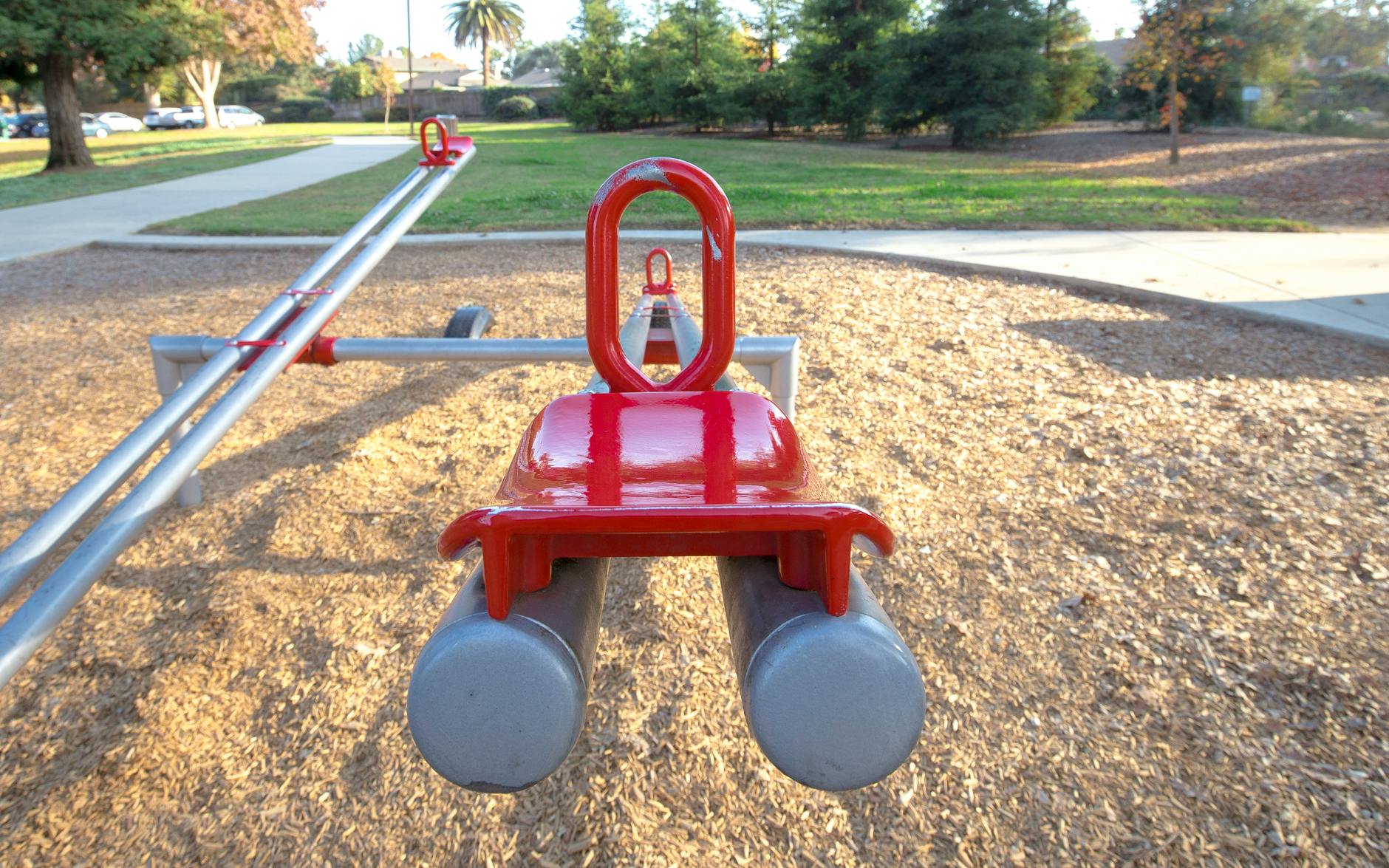Discover how managing Type 2 Diabetes with balance is the key to avoiding dangerous sugar highs and lows. Learn more here.
Table of Contents
Living with Type 2 diabetes can feel like a balancing act. From monitoring blood sugar levels to watching what you eat, there are many factors that come into play when managing this chronic condition. In this blog post, we will explore the importance of understanding Type 2 diabetes, including risk factors, prevention tips, and management strategies to help you lead a healthy and fulfilling life.
Understanding Type 2 Diabetes
Type 2 diabetes is a condition characterized by high blood sugar levels resulting from either the body’s inability to produce enough insulin or the cells’ resistance to insulin. This can lead to serious health complications if not properly managed.
Common symptoms of Type 2 diabetes include frequent urination, increased thirst, fatigue, and blurred vision. It is important to consult a healthcare professional for proper diagnosis and treatment.
Risk Factors and Prevention
Several risk factors contribute to the development of Type 2 diabetes, including genetics, obesity, poor diet, and lack of physical activity. However, making simple lifestyle changes can help reduce your risk of developing the condition.
Engaging in regular exercise, maintaining a healthy diet rich in fruits, vegetables, and whole grains, and managing stress levels are key components of diabetes prevention. Regular check-ups with your healthcare provider can also help identify any potential red flags early on.
Management Strategies
For those living with Type 2 diabetes, proper management is crucial in controlling blood sugar levels and preventing complications. Monitoring blood sugar levels, taking prescribed medication as directed, and following a balanced meal plan are essential in managing the condition.
Additionally, incorporating regular physical activity into your routine can help improve insulin sensitivity and overall well-being. Strive for a combination of aerobic exercise, such as walking or swimming, and strength training activities to support overall health and diabetes management.
Embracing a Balanced Lifestyle
Managing Type 2 diabetes is not just about what you eat or how much you exercise. It also involves adopting a holistic approach to your health and well-being. Ensure you are getting enough quality sleep, managing stress levels, and staying connected with your support system.
| Aspect | Recommendation |
|---|---|
| Diet | Consume balanced meals with a focus on whole foods such as fruits, vegetables, lean proteins, and whole grains. Limit sugar intake and avoid processed foods. |
| Exercise | Engage in regular physical activity such as brisk walking, cycling, or swimming to help maintain healthy blood sugar levels and improve insulin sensitivity. |
| Medication | Follow your doctor’s prescribed medication regimen and monitor blood sugar levels regularly to adjust medication as needed. |
| Stress Management | Practice stress-reducing activities such as mindfulness, meditation, yoga, or deep breathing exercises to help control blood sugar levels. |
| Sleep | Aim for 7-9 hours of quality sleep each night to promote overall health and stable blood sugar levels. |
| Monitoring | Keep track of blood sugar levels, food intake, exercise, and medication routines in a diabetes journal or app to identify patterns and make necessary adjustments. |
Remember that living with Type 2 diabetes is a journey, and there may be ups and downs along the way. Stay confident in your ability to manage the condition and don’t hesitate to seek support from healthcare professionals, family, and friends when needed.
Conclusion
Living with Type 2 diabetes requires a multifaceted approach that involves education, prevention, and management strategies. By understanding the risk factors, making healthy lifestyle choices, and embracing balance in your daily routine, you can take control of your health and well-being.
Remember, you are not alone in this journey. Stay confident, stay informed, and prioritize your health. Together, we can navigate the challenges of Type 2 diabetes and live our best lives.
What are the main symptoms of Type 2 diabetes?
Common symptoms include increased thirst, frequent urination, fatigue, and blurred vision. It’s important to consult a healthcare professional for proper diagnosis.
How can Type 2 diabetes be prevented?
Engaging in regular exercise, maintaining a healthy diet, and managing stress levels can help reduce the risk of developing Type 2 diabetes.
What are the key management strategies for Type 2 diabetes?
Monitoring blood sugar levels, taking prescribed medication, following a balanced meal plan, and incorporating regular physical activity are essential in managing Type 2 diabetes.
How can a balanced lifestyle help in managing Type 2 diabetes?
Embracing a balanced lifestyle that includes healthy eating, regular exercise, stress management, quality sleep, and consistent monitoring can help control blood sugar levels and improve overall well-being in individuals living with Type 2 diabetes.





